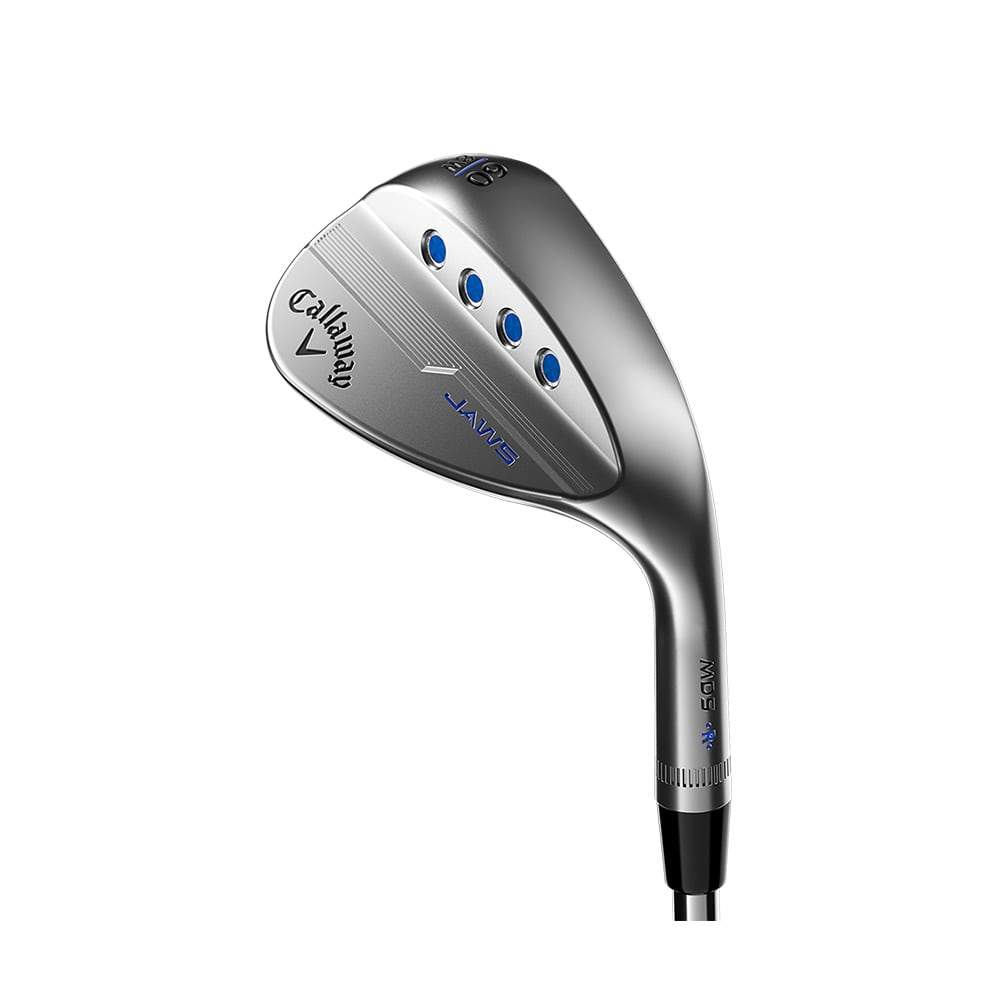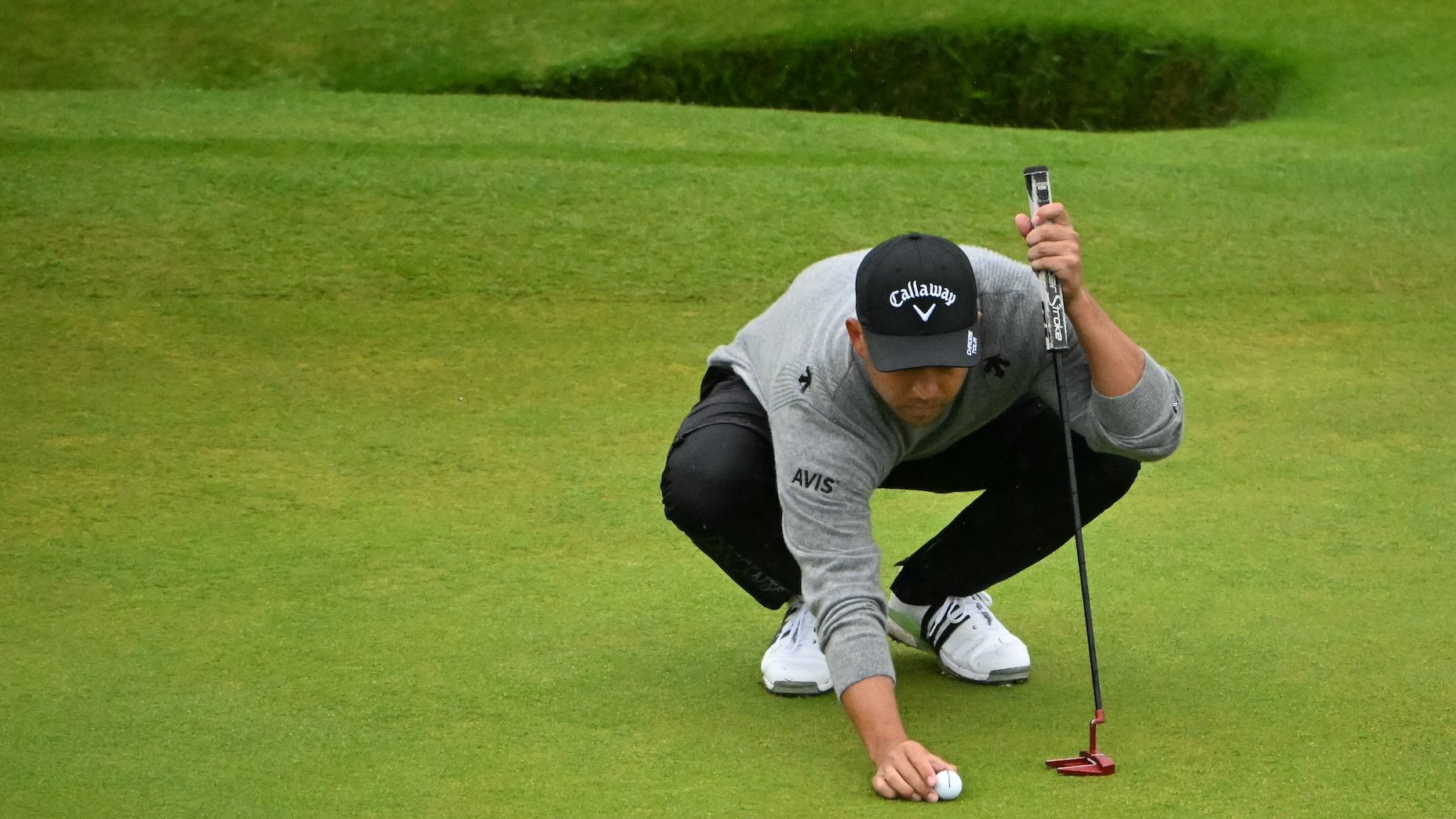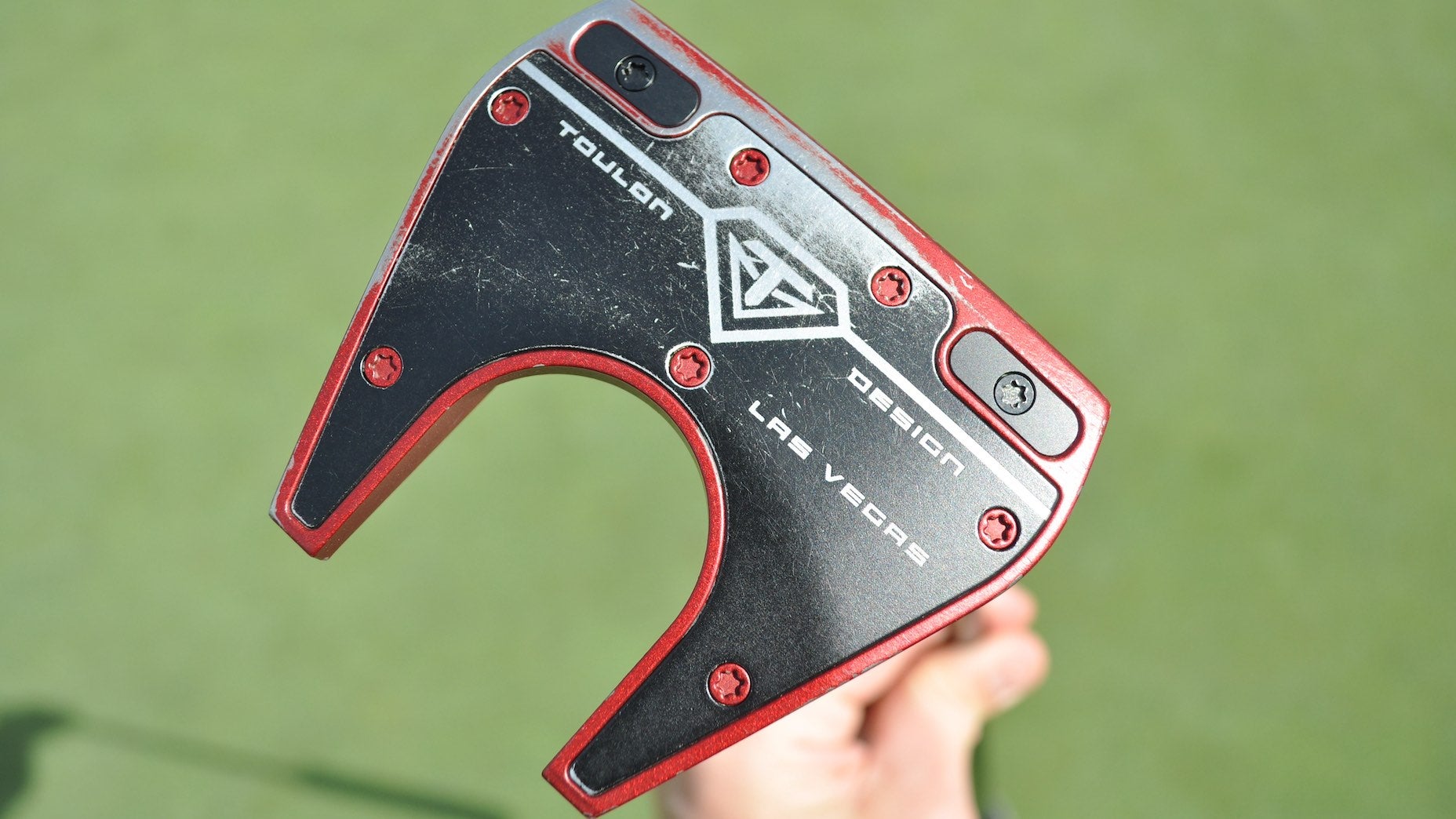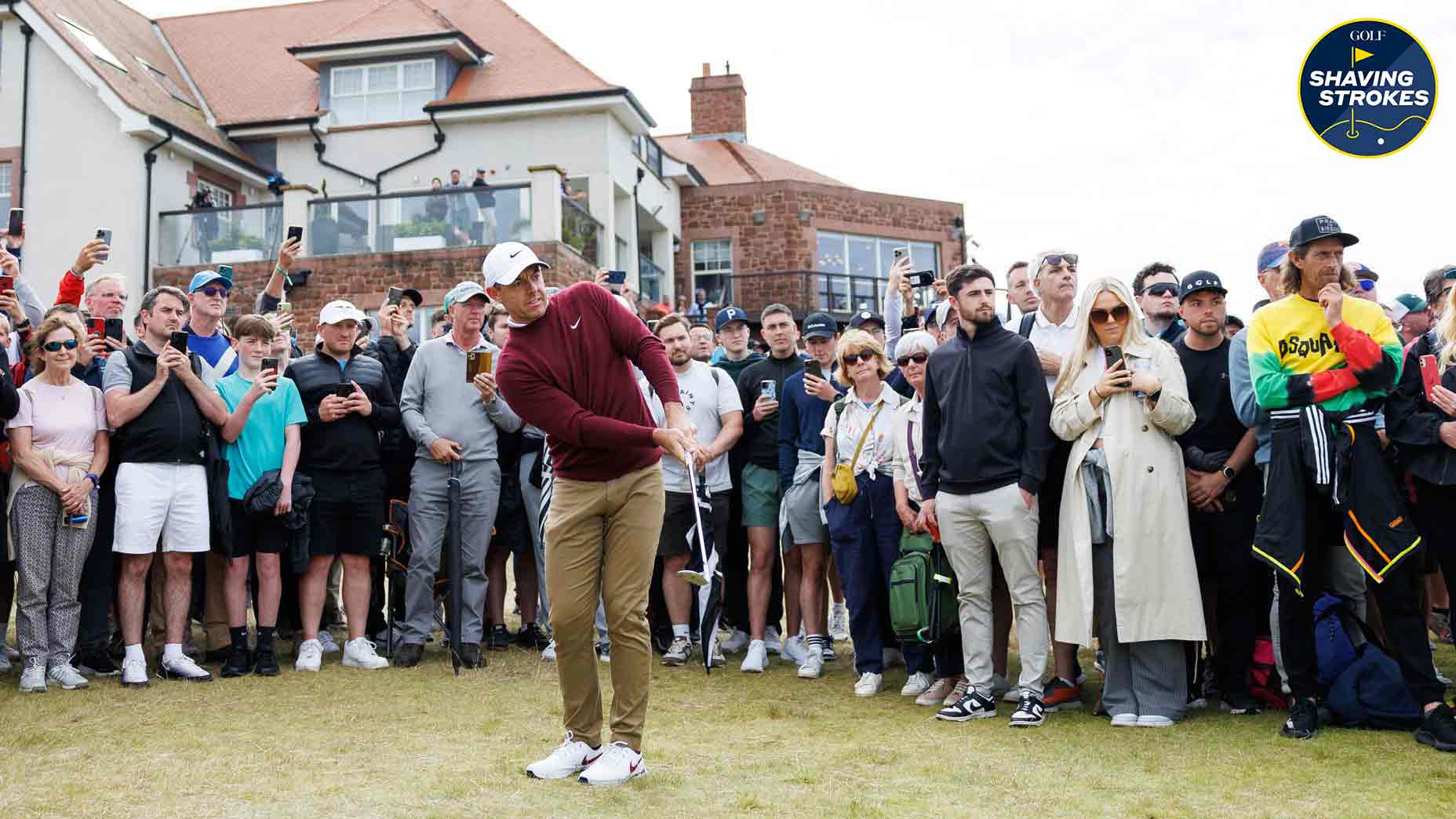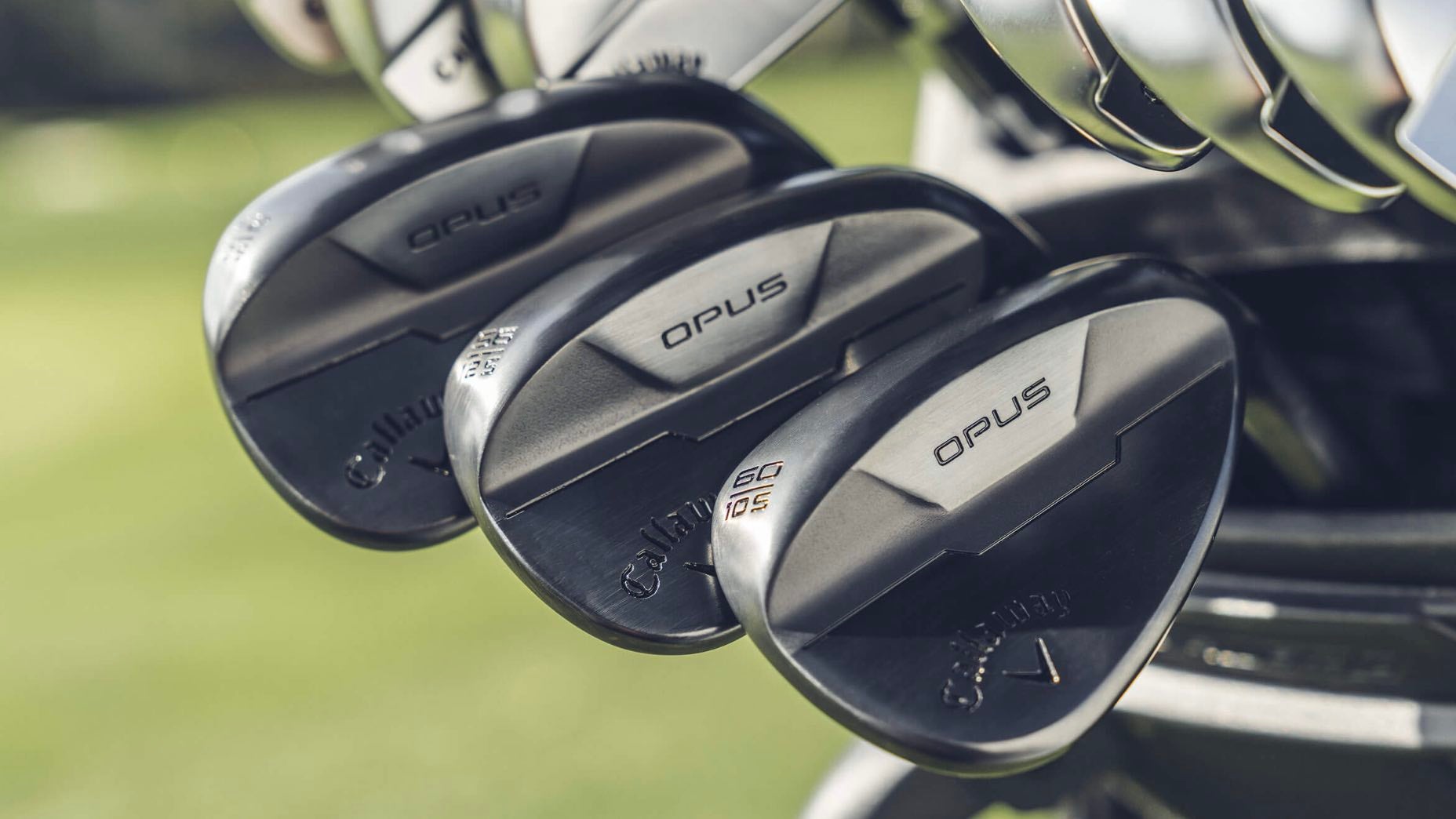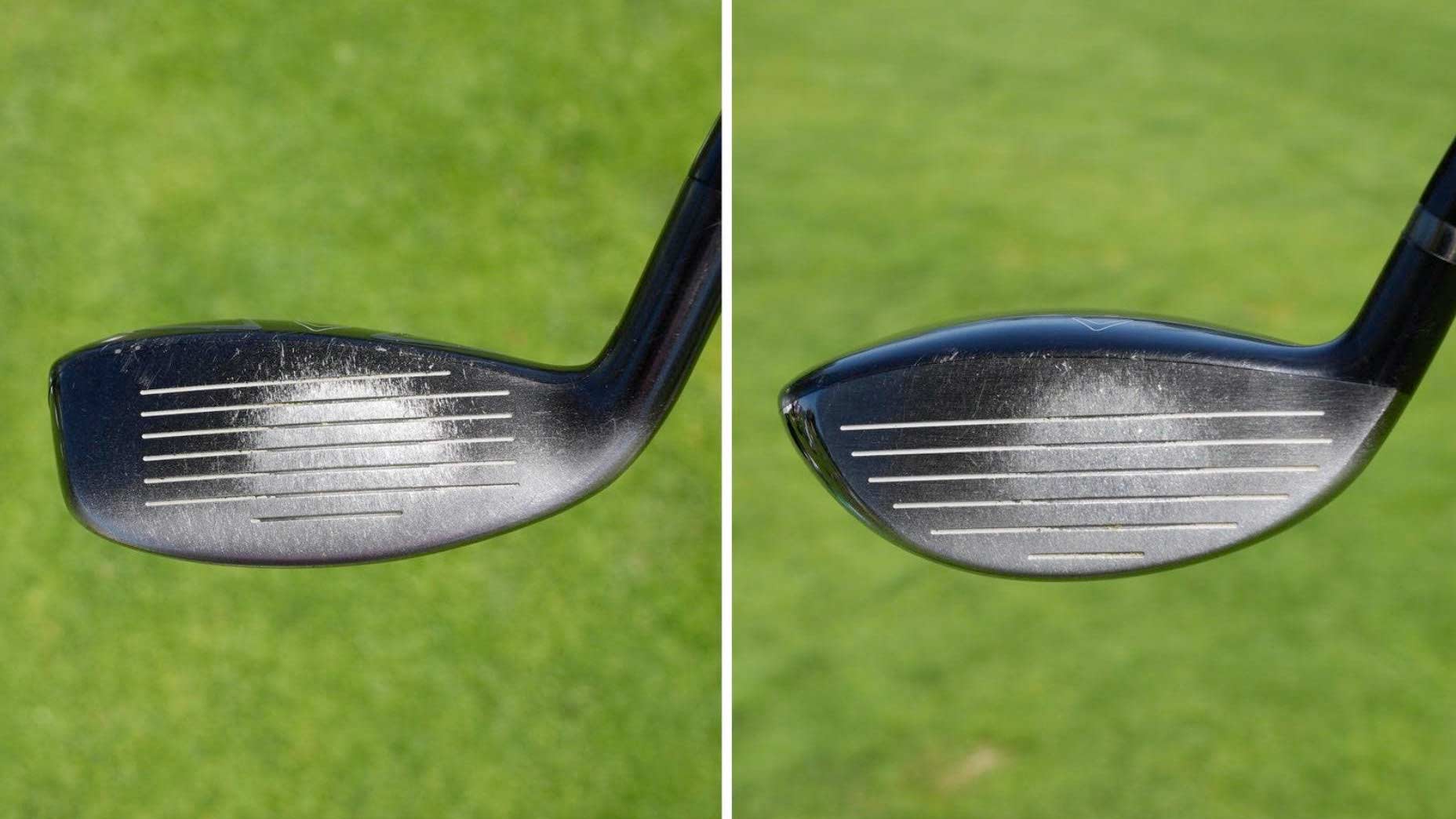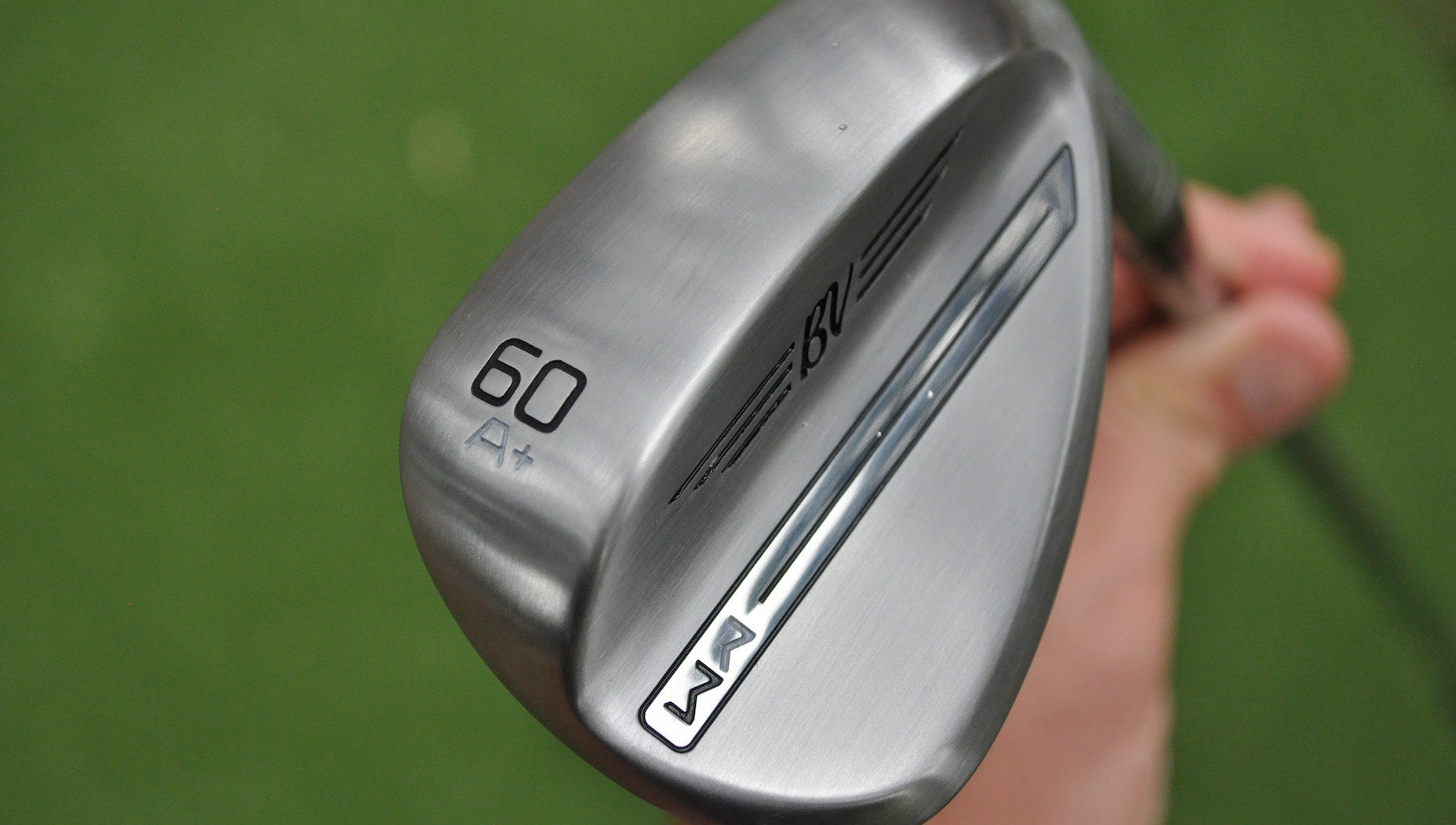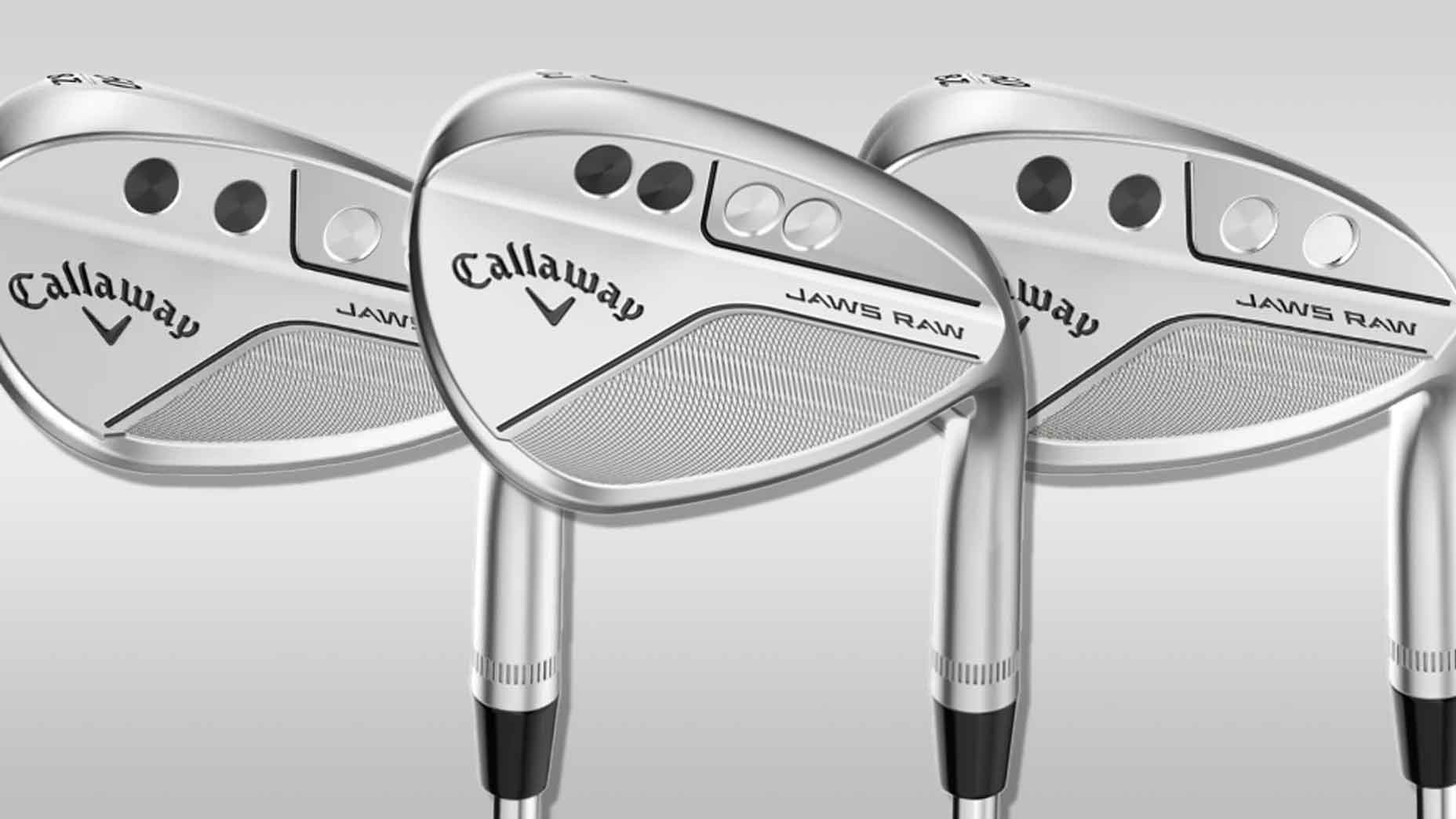Mr. Roger’s Neighborhood: A Callaway wedge expert’s 6 nuggets every golfer should know
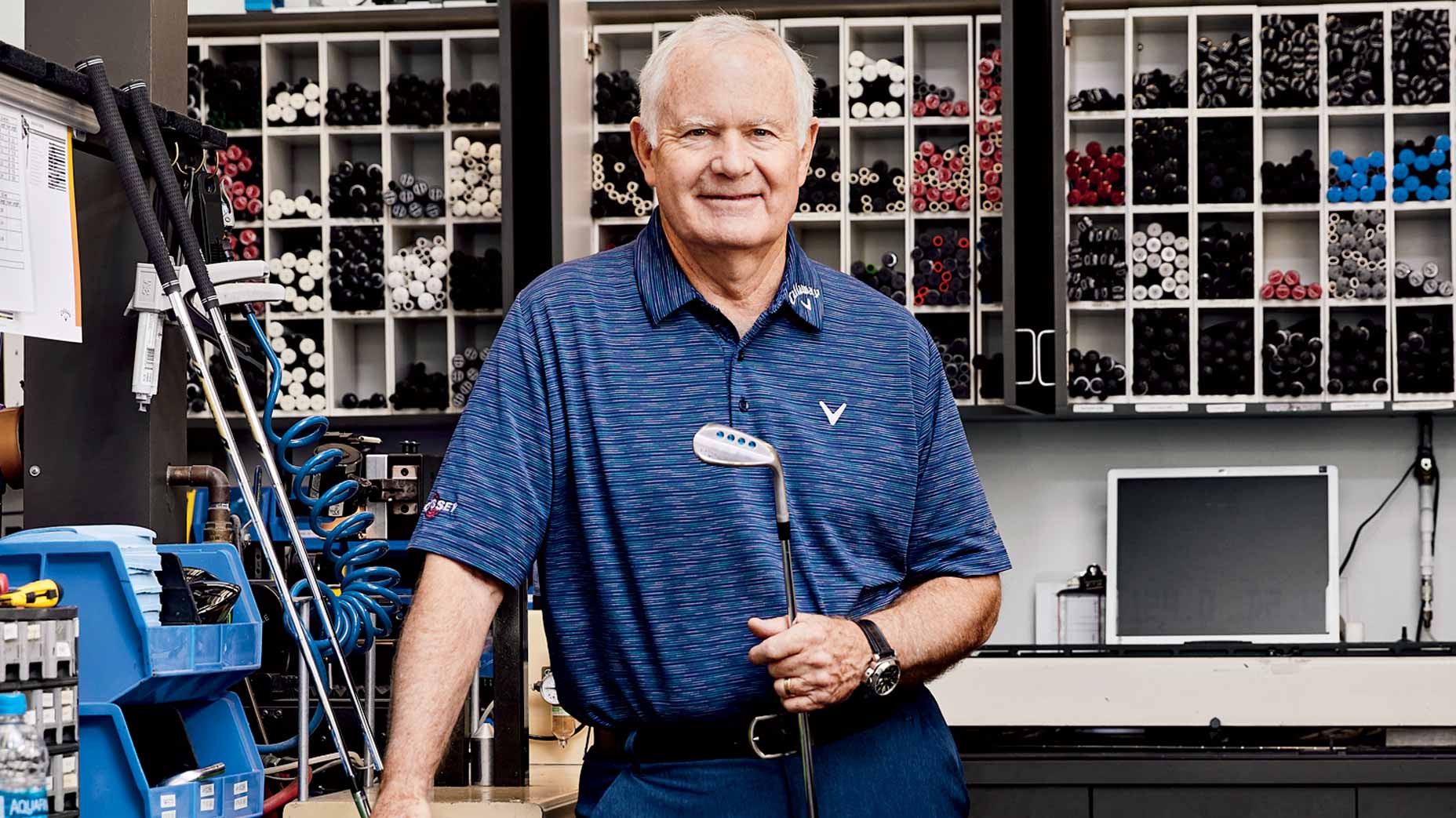
Few know more about wedge design than Callaway's Roger Cleveland.
Stephen Denton
Callaway Golf Chief Designer Roger Cleveland is a legend. He designed his first club in 1981–82 and has been crafting wedges for Callaway since 1997. Not only is he one of the principal authorities on wedge design, performance and fitting, he’s worked with some of the game’s best players, Phil Mickelson and Tiger Woods included.
Basically, when Roger talks about the short game, it’s best to listen. Recently, ahead of the launch of Callaway’s new Mack Daddy CB wedge, GOLF picked Cleveland’s brain on all things wedges. Here are six nuggets you can’t live without.
1. Your sole should match your delivery
Whether you’re a professional golfer or a complete beginner, you must have a sole grind on your wedge that matches the way you hit the ball. As Roger explains, a shallow swing tends to match up with a narrow sole grind and lower bounce, while a steeper entry matches up better with a wider sole and more bounce.
How can you tell which group you’re in? Throw a few balls down in the fairway from about 30 yards and take aim at the pin. After hitting the collection of balls, take notice of your divot pattern. If you didn’t take divots, or took small divots, you’re a shallow swinger. If you took healthy-size divots, you’re a bit steep.
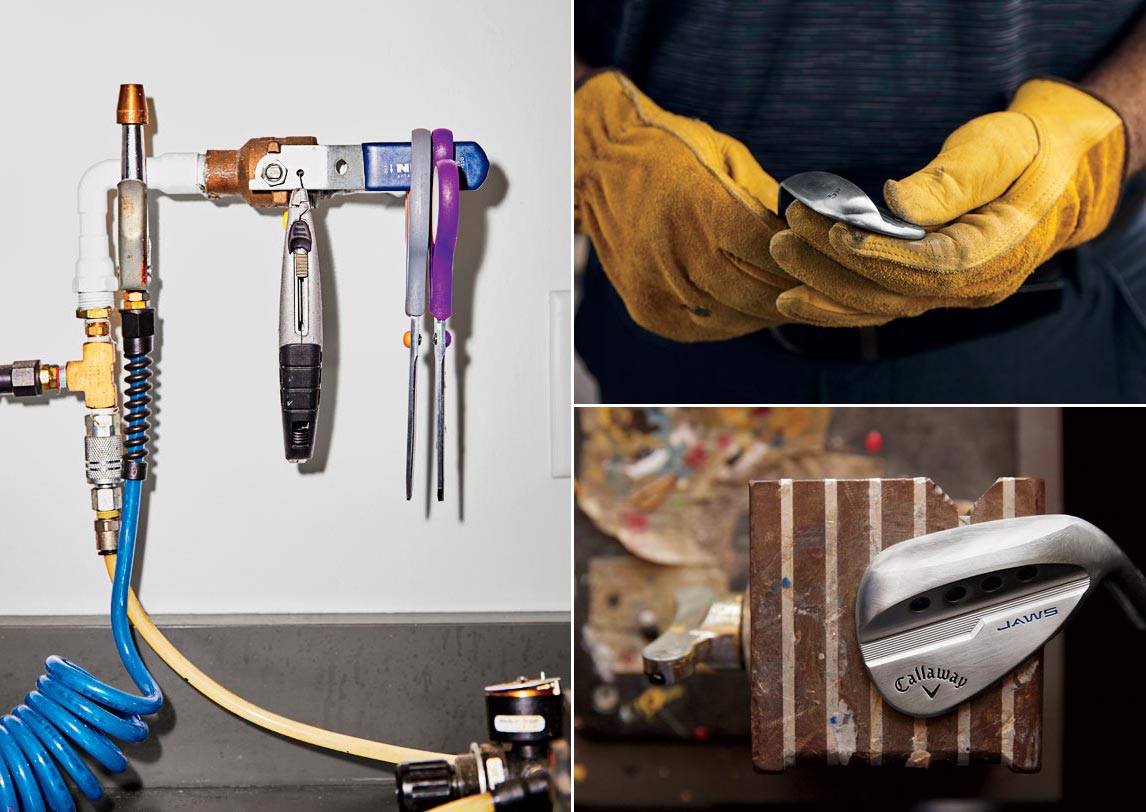
If you’re steep and don’t have the time or desire to improve your technique (hey, no judgments here), then try a wide sole wedge for more forgiveness. It will help reduce the amount of dig and make wedge shots a bit easier for you. If you want to shallow out your swing, however, read on …
2. Don’t stop at the ball — slide through it
According to Roger, your “big swing” should be different than your swing from 30 to 40 yards and in. With a full iron swing, Cleveland says you want to impact the ball first with forward shaft lean. On a pitch shot, however, he says your club should impact the ground first with the sole of the club and then slide through the ball.
Also, do not “stop” at impact!
“You can hit an inch behind the ball — that’s actually what you want to do,” Cleveland says. “You want to hit behind the ball and let it slide through the ball. Don’t stop! When you stop, you get narrower. You kind of crunch down and get steeper. It’s all the things you don’t want in a pitch. You want to keep your width in a pitch and you want to keep your rotation … one of the best thoughts that I have is you want to keep your width.”
3. A drill to shallow out your swing
Take your normal pitch-shot stance, then slide your trail foot back about one and a half feet. Hit the shot, letting your body react naturally. The stance forces you to shallow out your motion; if you’re too steep, you’ll lose your balance.
Still getting steep and taking hefty divots? Try rotating your arms a bit more and “exposing the loft” to engage the bounce. As Roger suggests, try to keep the face more open, or pointed to the sky, through impact. This thought will help you use the sole instead of the leading edge as the club moves through the turf.
Callaway Jaws M5 Platinum Chrome Wedge
$159.99
View Product
4. Find the right weight
If you don’t have the right tools, then improving your technique is going to be that much more difficult. For Cleveland, he often sees amateur golfers with wedges that are too heavy. For instance, ladies or juniors often play hand-me-down clubs that are too heavy, and it “looks like they’re chopping wood,” says Cleveland.
Wedges that are too heavy may cause the player to get too wristy and steep; as discussed previously, getting steep is often the cause of many short-game problems.
A proper wedge fitting is the best way to find the right weight for you. If a fitter isn’t available nearby, try to at least find the same weight shaft for your wedges that you use in your irons, or even a bit lighter.
Want to dial in your wedges for 2021? Visit the expert fitters at our sister company, True Spec Golf to find the perfect wedge setup for your game.
5. If it works, don’t stray too far
Wedge fitting is great, but if you have a wedge that works already, then don’t stray too far from that design. Make sure any new wedge you buy has a sole grind, bounce and loft that closely resembles your old gamer. Roger says he always asks to see a player’s current wedge before starting a club fitting. If it works well, then he’ll work to emulate that sole grind with the new wedge.
“You probably can’t go very far away from your gamer if it’s working well for you,” Cleveland says. “You can go 1 or 2 degrees max away from it, but usually that’s it.”
If you’re having any issues at all, however, or are simply curious to give something different a try, then by all means experiment. Remember, having an open mind when it comes to equipment is never a bad thing.
6. Lobbers aren’t for everyone
Most pro golfers these days carry 60-degree (or even higher) lob wedges, so most weekend golfers blindly follow suit. The problem is, Cleveland says, 60-degree wedges aren’t for everybody.
“It mostly goes to the person’s physical ability,” he says. “If they’re strong, I might want to look at a 60-degree wedge. If they’re a little older, or not so strong, then I might look at a 56 or 58 degrees max. If the person is older, like me, I would say 56 degrees should be your highest loft.”
If you tend to struggle with your 60-degree lob wedge, don’t feel pressure to keep it. You get only 14 clubs in the bag. Life is too short to play ones that cause frustration and poor shots.

